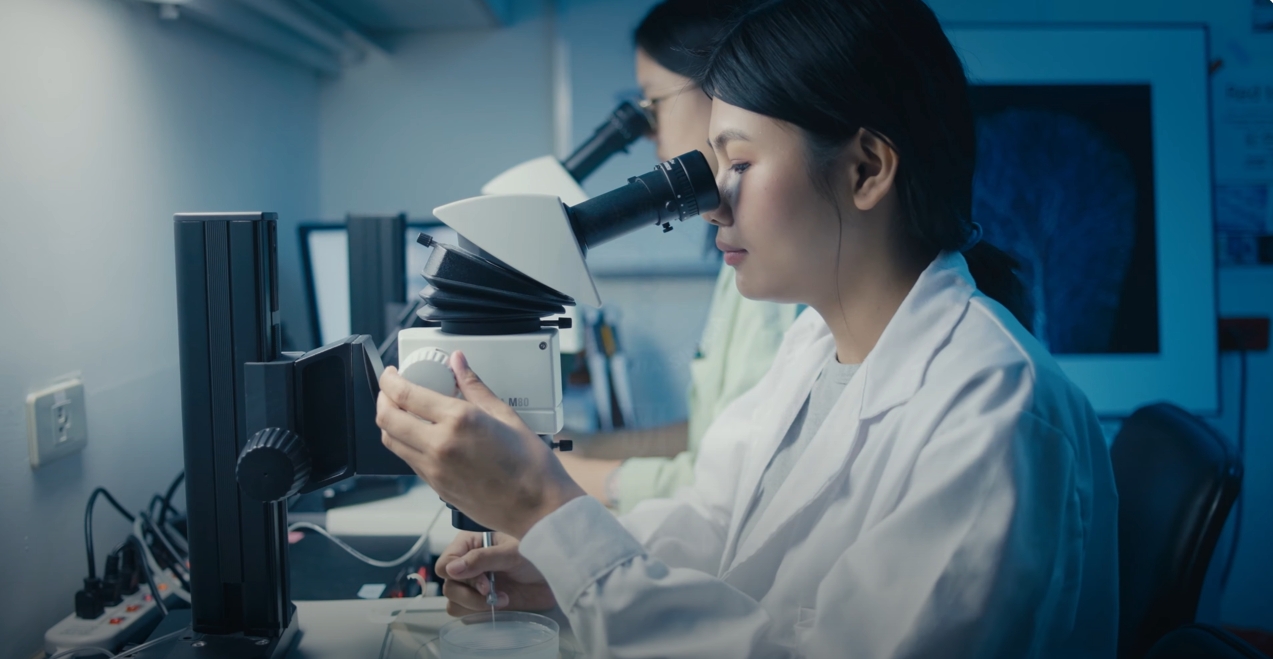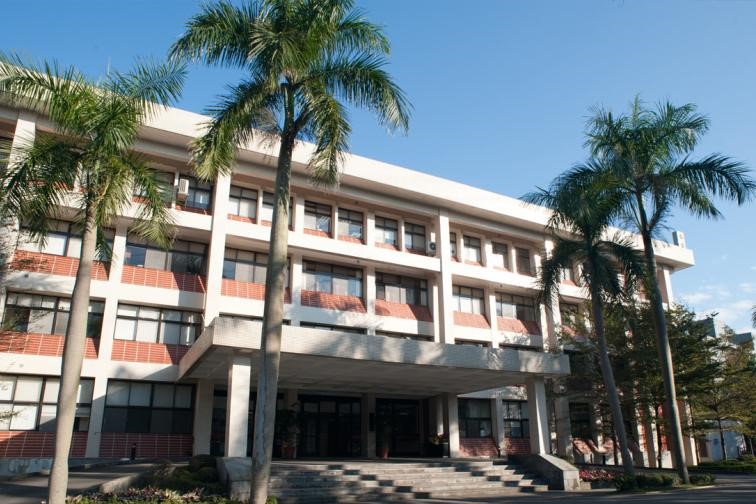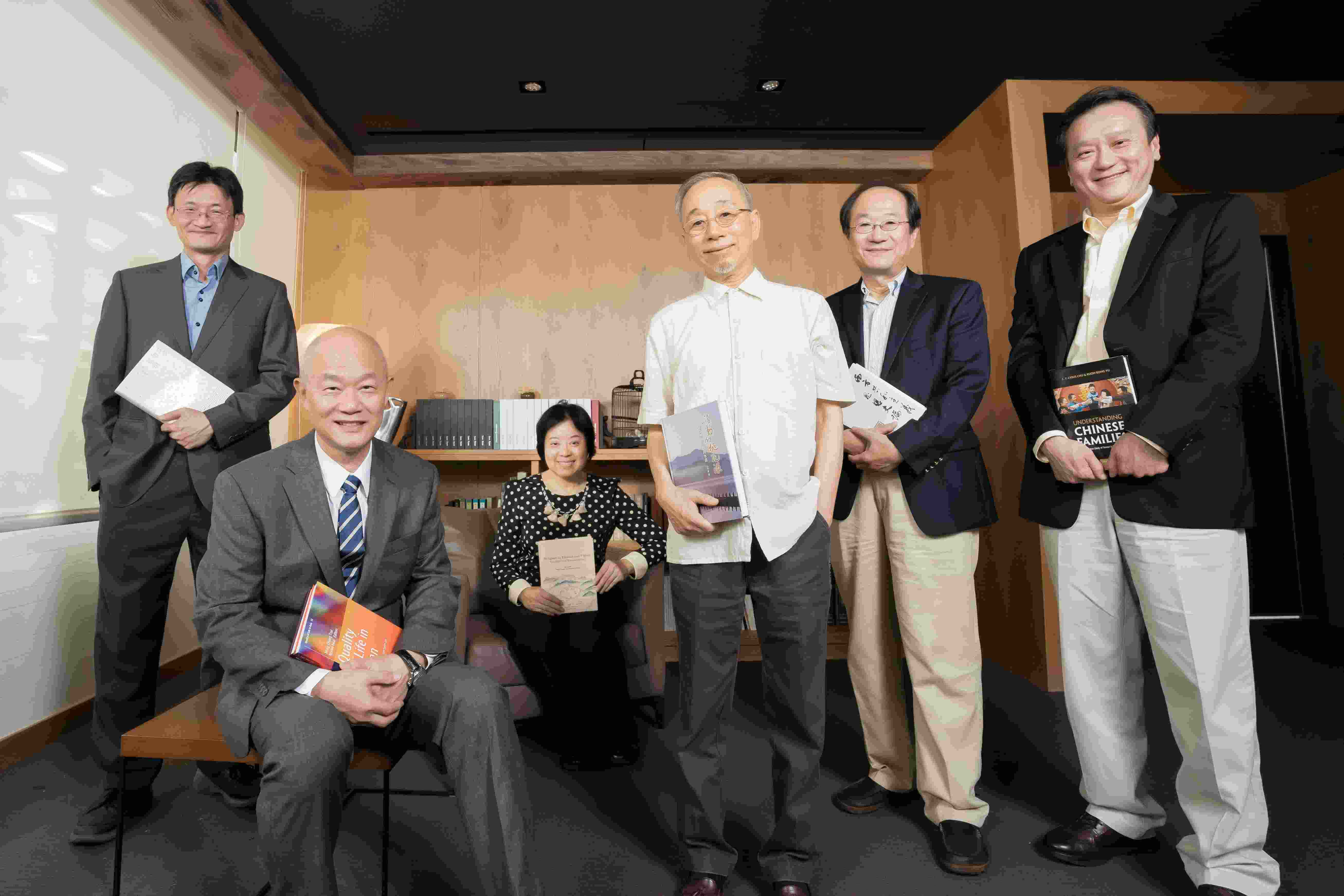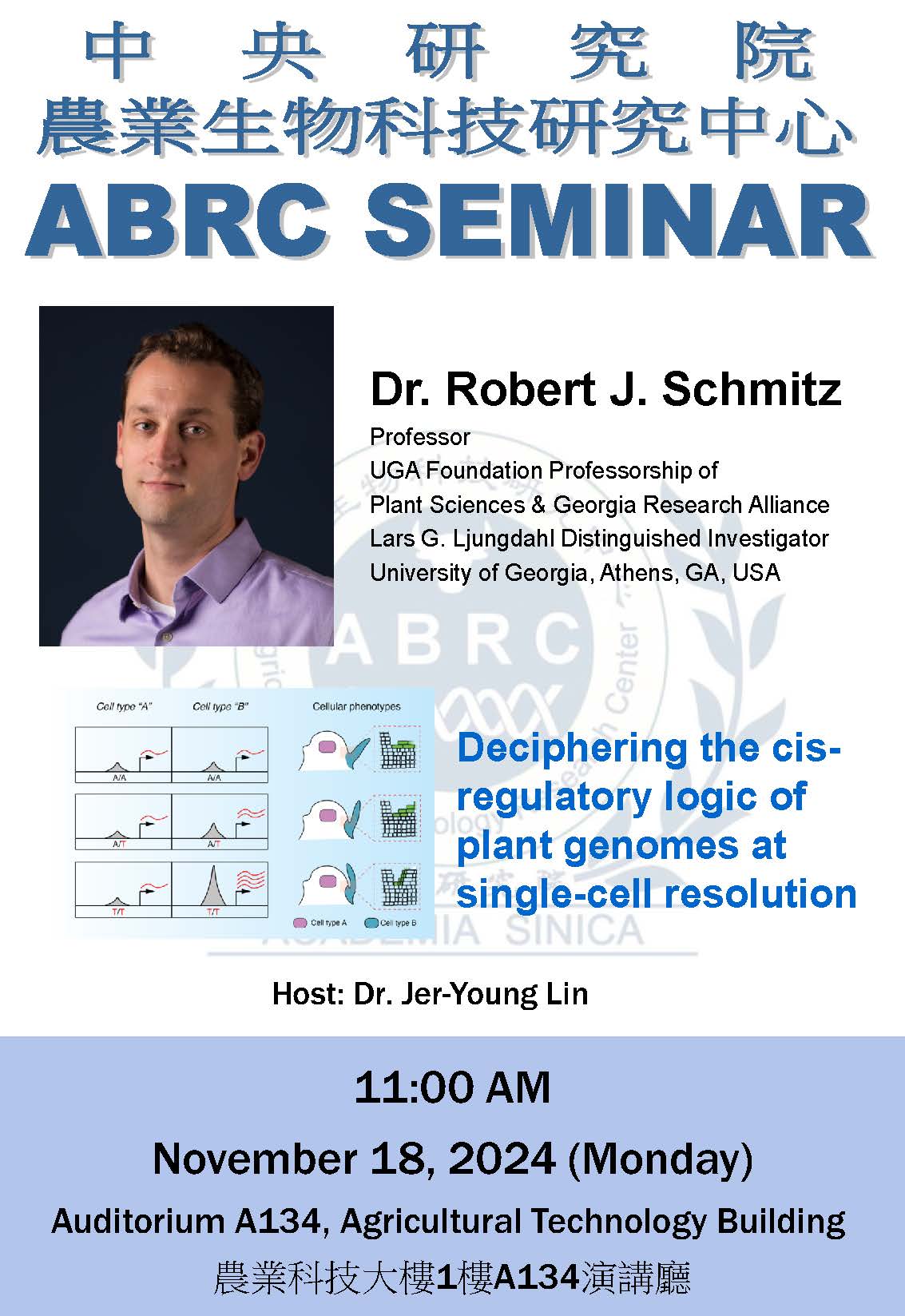- 演講或講座
- 農業生物科技研究中心
- 地點
本院農科大樓1樓A134演講廳
- 演講人姓名
Dr. Robert J. Schmitz (Professor, UGA Foundation Professorship of Plant Sciences & Georgia Research Alliance Lars G. Ljungdahl Distinguished Investigator, University of Georgia, Athens, GA, USA)
- 活動狀態
確定
- 活動網址
Deciphering the cis-regulatory logic of plant genomes at single-cell resolution
Robert J. Schmitz
Professor, UGA Foundation Professorship of Plant Sciences & Georgia Research Alliance Lars G. Ljungdahl Distinguished Investigator, University of Georgia, Athens, GA
Significant progress has been made in recent years in plant genome assembly and gene annotation. However, the systematic identification of plant cis-regulatory DNA elements remains a challenge. A comprehensive and well-curated data set of plant cis-regulatory DNA elements is instrumental to understanding transcriptional regulation during development and/or in response to external stimuli. In addition, cis-regulatory DNA elements are also hotspots for genetic variations underlying key agronomical traits. We have discovered a plant-specific chromatin signature that is indicative of cis-regulatory DNA elements. We are using this newly identified signature in combination with high-throughput validation assays to systematically identify, analyze and functionally validate cis-regulatory elements in important crop species. In parallel, we are discovering cell-type-specific cis-regulatory elements using single-cell ATAC-seq (scATAC-seq) across a range of crop species. Data from maize revealed that cell-type-specific cis-regulatory elements are sequenced constrained, yet the sequence variation that does occur is important for expression and phenotypic variation. We discovered breeders have been unknowingly selecting genetic variants within cis-regulatory elements in modern maize breeding schemes. We also learned that scATAC-seq data is useful for predicting presence/absence expression of genes and used this to map transcription factors and their binding sites in a cell-type-specific manner. In this presentation I will discuss how we are using single-cell genomics to map the genetic basis for gene expression and chromatin accessible variation across the maize germplasm and present future goals to decode the cis-regulatory landscape of crop genomes using single-cell genomics through time, across environments and by genotype.









 首頁
首頁

